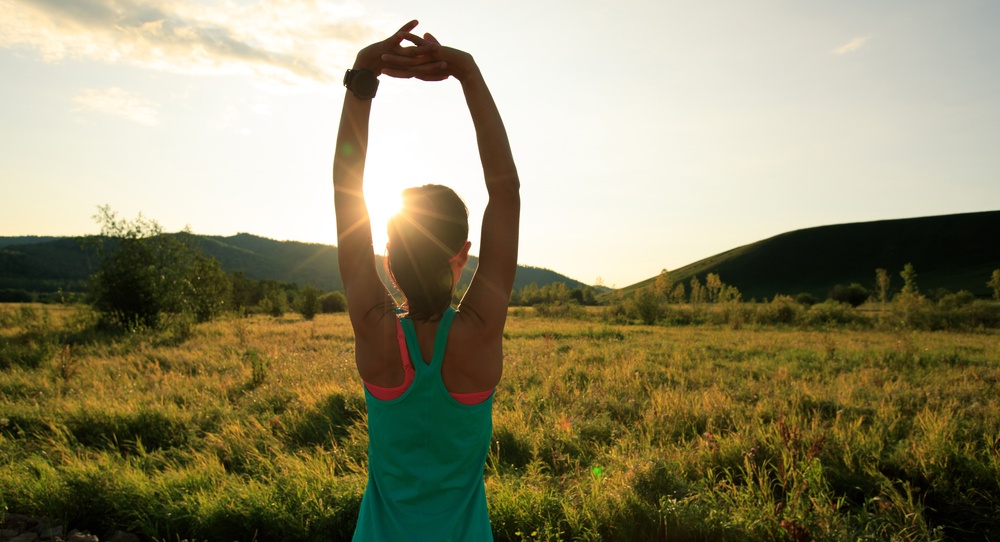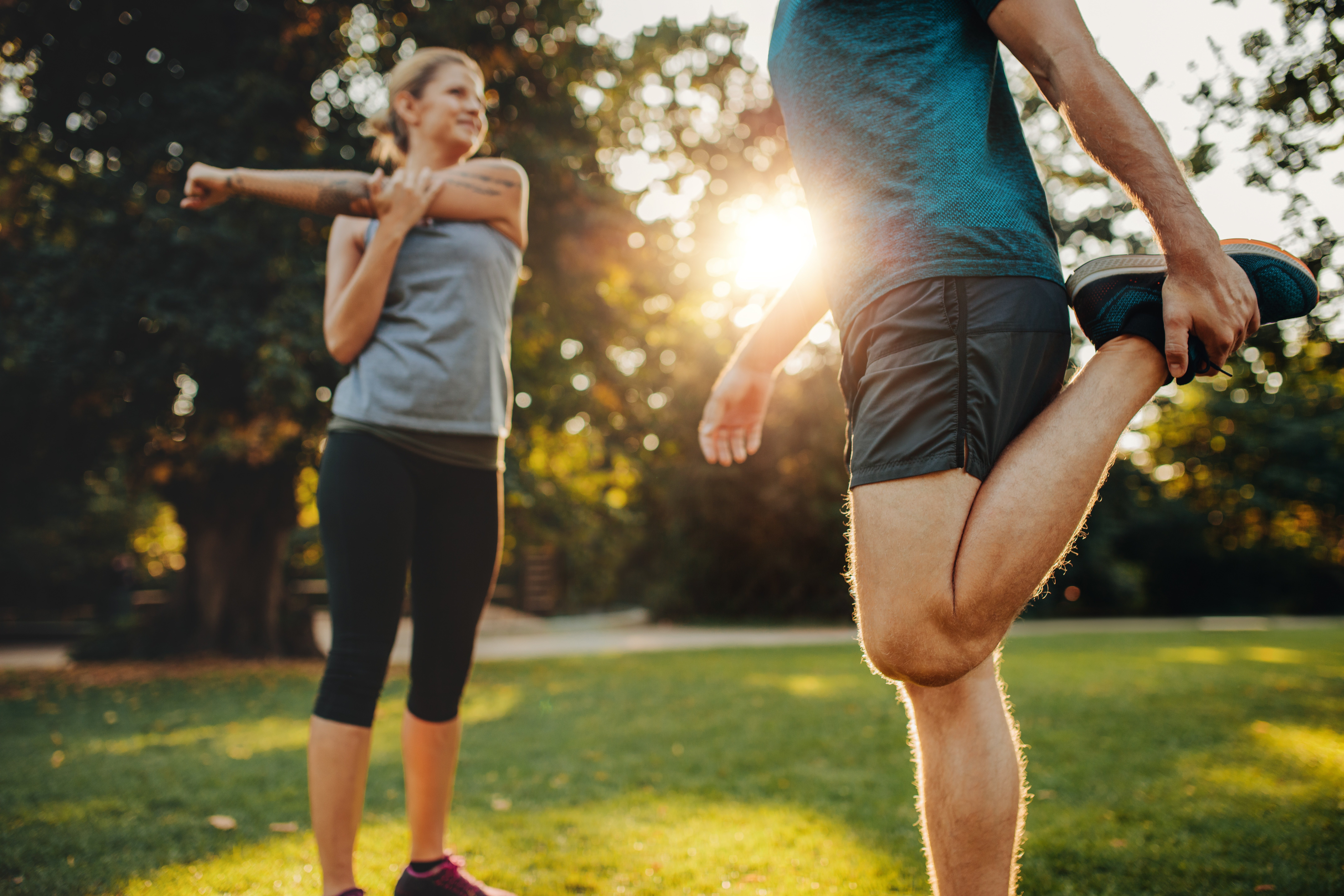Stretching or flexibility training is equally as important as strength and cardio work and serves as the part of our workout that helps us maintain proper range of motion and function of our muscles and joints. Stretching is also a powerful part of our exercise that speeds up recovery and enhances the benefits of other exercise by increasing blood flow through soft tissues. Flexibility should be a part of warm-ups and cool-downs before or following other exercise. One very important tip not to be ignored is that our muscles need to be warm prior to any stretching. For healthy individuals cleared to exercise, five- to ten-minutes of moderate cardio such as walking, cycling or light jogging is recommend prior to warm-up stretching. For cool-downs, the muscles are already warm from the exercise activity.
There are four types of stretching or flexibility. The first type often used by Personal Trainers with new clients is corrective stretching which entails identifying limits in ranges of motion caused by overly tight muscles. Fitness Pros know that without correcting any imbalances in muscle flexibility before intense exercise, we can reinforce these trouble spots. The technique most often used for this in the fitness training environment is called self-myofascial-release; this can be done with a foam roller or trigger point pressure tool pressing on tender spots in the muscle for a slow count of 15- to 30-seconds then moving along the muscle slowly. An important tip about foam-rolling/self-myofascial-release: any areas of the body may be foam rolled except the neck; this part of the spine is too sensitive to pressure and angles and is therefore not suitable for this technique.
The next type of flexibility typically performed by beginning exercisers is static stretching which involves gently finding a stretch in a particular muscle and holding the stretch for approximately 20-seconds or more. Once an exerciser has been working out for six weeks or more, active stretching may be performed by moving slowly through a modified range of motion during the stretch—typically starting at the first point where the stretch is felt and gradually increasing the stretch to the “end point” where you are not comfortable going further and returning to the starting point. This may be repeated as a “repetition” with a typical count of eight to ten reps. This method employs additional blood flow and takes advantage of how the muscle itself moves when in use. The fourth type of flexibility—dynamic stretching—is used by athletes who have built tremendous strength, endurance and flexibility through long term training. This method again utilizes movement through the range of motion with the goal of achieving the full range of motion during the stretch at a much faster rate. Proper training for joint strength and stability is required prior to using the dynamic technique. There are many resources available that provide guidelines for proper stretching positions and additional tips—acsm.org being a primary source—and as with any type of flexibility or exercise, the best start is to consult a Fitness Professional who can help specifically with your body. Stretch well and be well.



